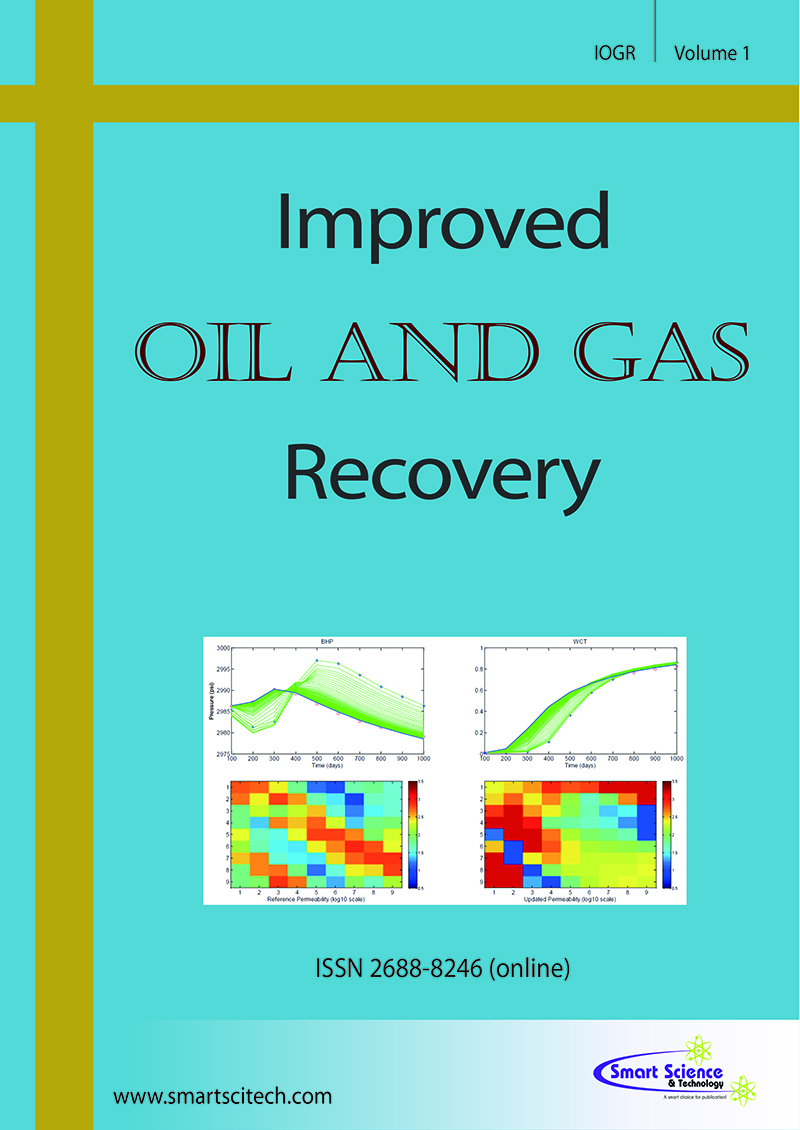An Interaction between Moringa Oleifera Biosurfactant and Nanoparticles for Foam Stability, Interfacial Tension Reduction and Wettability Alteration
DOI: 10.14800/IOGR.1302
Abstract
Foam has emerged as one of the most advanced techniques to address the gas mobility challenges encountered during gas flooding in oil reservoirs. Due to environmental concerns, bio-surfactants derived from plants are increasingly recommended as alternatives to synthetic surfactants. This study focuses on synthesizing a Moringa oleifera biosurfactant (MS) reinforced with Silica nanoparticles (SNPs) to produce a nano-foam (MS/SNPs). Adsorption isotherm studies, including the Langmuir and Freundlich models, were utilized to investigate the adsorption of MS onto SNPs. Additionally, the physicochemical properties of the MS/SNPs foam, such as bubble size, foamability, foam stability, interfacial tension (IFT), and contact angle (CA), were thoroughly examined.
The results indicate that the MS synthesis was successful, with significant adsorption capacity onto SNPs. The maximum adsorption was achieved with 4 wt% MS and 0.4 wt% SNPs at 50°C and pH 9, fitting well with the Freundlich isotherm model, showing an R2 value of 0.9725. According to the Ross-Miles foam test, MS exhibited greater foamability and stability, albeit with lower morphological quality compared to MS/SNPs. Notably, MS/SNPs reduced the IFT of the oil/brine system from 6.22 mN/m to a remarkably low 0.08 mN/m. Moreover, MS/SNPs altered the rock/oil wettability by 24%, favoring more wettable conditions.
Downloads
Published
How to Cite
Issue
Section
License
Copyright (c) 2024 The Author(s)

This work is licensed under a Creative Commons Attribution 4.0 International License.












